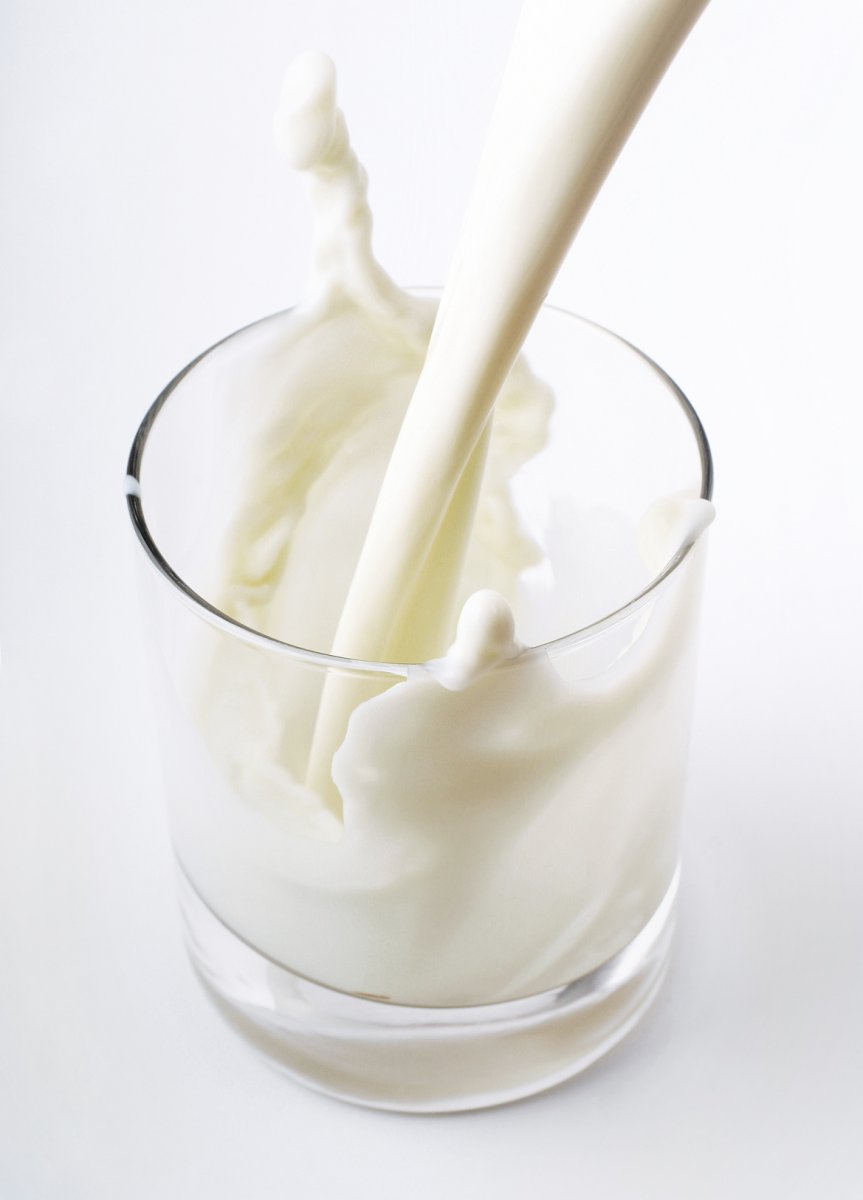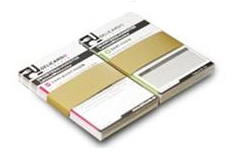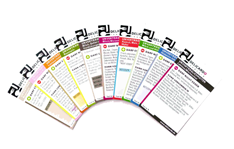Lactose intolerance
 Ms Elmers from Wangen reports: “I have been trying to cope with lactose intolerance for four years and it hasn’t always been easy. Meeting friends in a restaurant for a nice meal became a torturous experience for me. I felt I ruined the atmosphere and ended all conversations with my attempts to order a dish that would not give me an allergic reaction. I had a lot of explaining to do to make waiters and kitchen staff understand my condition. There are so many things one has to take care of. I often asked myself why there wasn’t such a thing as a restaurant card or some sort of dietary passport for allergy sufferers that would help in those situations. Now I have my DELICARDO Foodcard – it’s the perfect little helper and my friends don’t roll their eyes at me anymore!”
Ms Elmers from Wangen reports: “I have been trying to cope with lactose intolerance for four years and it hasn’t always been easy. Meeting friends in a restaurant for a nice meal became a torturous experience for me. I felt I ruined the atmosphere and ended all conversations with my attempts to order a dish that would not give me an allergic reaction. I had a lot of explaining to do to make waiters and kitchen staff understand my condition. There are so many things one has to take care of. I often asked myself why there wasn’t such a thing as a restaurant card or some sort of dietary passport for allergy sufferers that would help in those situations. Now I have my DELICARDO Foodcard – it’s the perfect little helper and my friends don’t roll their eyes at me anymore!”
Worldwide lactose intolerance is probably the most common form of food intolerance. Another term that is sometimes used instead of lactose is milk sugar.
Those suffering from lactose intolerance are unable or only partly able to digest lactose, meaning they are incapable of breaking down the milk sugar. The reason for this is a lack of an enzyme called lactase that is needed for the breaking down of lactose into glucose and galactose in the small intestine. Only through this process can lactose be absorbed through the small intestine’s mucous membrane. In case of a total lack of lactase or of there being only very small amounts undigested milk sugar finds its way into the large intestine. This can lead to gastrointestinal symptoms which can be avoided by adhering to a diet that contains either very little lactose or none at all.








